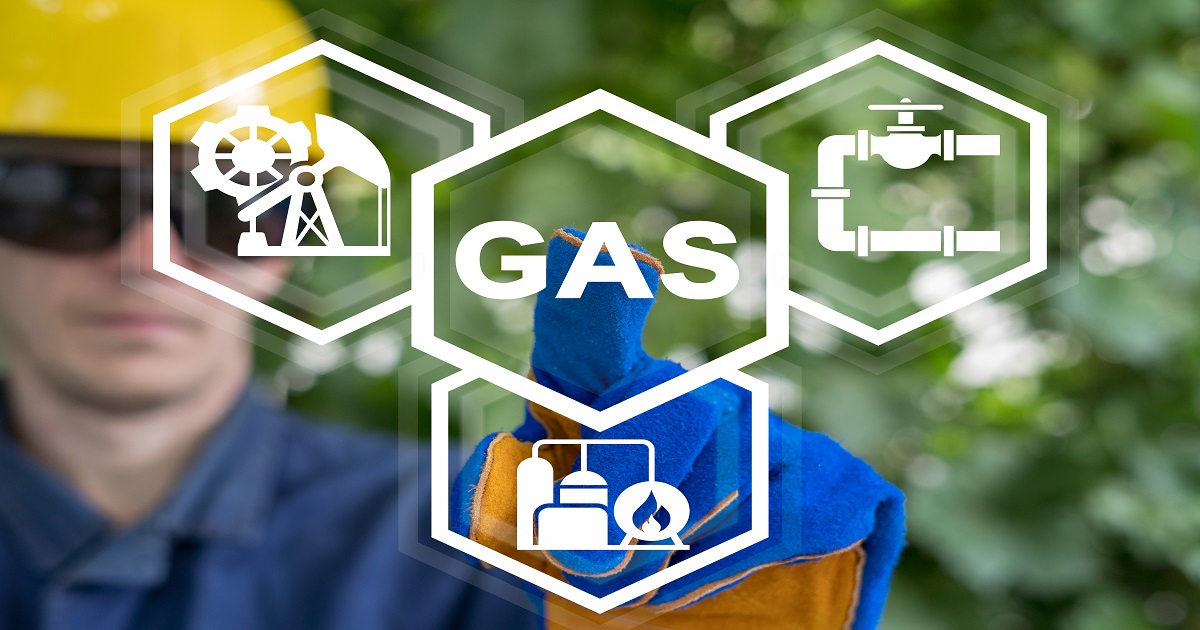
Aristotle once said, "Man is by nature a social animal," noting that we have always relied on connecting with one another for our individual and mutual well-being. Today’s health concerns have made much of that interaction difficult if not impossible, but technology is already helping us overcome those challenges by connecting us not just in the cloud, but right where we live.
Living with technology so close to home is called “edge computing” because it relies on computer processing power and connectivity far away from and at the edges of networks. It often occurs in the actual devices that we use every day. I think we’re going to see significant innovation “at the edge” that will include increasingly low-cost and low-energy use of sensors and processors, combined with the latest work in AI/ML and security.
Together, we will all benefit from today’s better, “new normal” in which we’re safer, healthier and more productive in our work and entertainment in at least five ways:
1. More meaningful interaction
Typing is not a very natural way to communicate, if you were to stop and think about it. It’s a classic “interstitial” technology that forces one person to translate, literally, his or her thoughts into a character code on a screen and then someone else to combine them to determine their meaning. Lost are all the communication nuances we use when in real space and time, like speed of delivery, tone of voice, and hand and body gestures. Such qualities of communication constitute the vast majority of the content on which we rely for understanding one another: one survey found that 55 percent of communication is body language, 38% is tone of voice, and only 7% is expressed in spoken words.
We’ve found lately that video conferencing gets us closer to those experiences but considering the majority of human-to-human communications is nonverbal, there’s much more we can do to provide benefits to people and society. For instance, the new Wi-Fi 6 routers and 6 GHz bandwidth allocation will make home devices connect far more easily and reliably.
Imagine the worlds of communication that will open up if we can see and speak with one another as a replacement for many of the tasks that require typing. Imagine if all of our chats were visual and immediate, for instance.
2. Hands-free experience
Pushing keys or buttons is also not necessarily natural human behavior, and life at the edge is already beginning to recognize this with our ability to talk to our Alexa and Google Home devices to get work, shopping or entertainment accomplished. Innovation will build on these benefits and make devices far better at recognizing the precise meaning and nuance of natural language communication. You could ask for more and get more in return. Now add in Machine Learning and your devices could grasp what you meant by saying something like “make the room a little warmer,” or “where’s my dog?”
Then extend that facility with language to devices beyond those on countertops or in our hands: voice controls will allow us to operate light switches, door locks and any of the other dozens (if not hundreds) of devices in our homes.
This might enable us to ultimately interact with our smart surroundings the way we do with one another. Our lives will be made richer because of it.
3. Personalized experiences
Sensing and processing data locally will also mean that our devices will be far more capable of recognizing us, others and our surroundings.
An obvious example would be smart door locks that can differentiate between you or a stranger or, depending on need, be taught to recognize a parcel delivery person or other visitors. But it gets interesting when you consider such devices could also learn nuance of circumstance and mood, so a door could tell if you are under duress.
Now add that functionality across a house or apartment, and things get really interesting. Devices could recognize different family members and operate according to pre-programmed as well as learned actions; kids would access different TV channels than adults or have their operation of potentially dangerous appliances (likes stovetops) monitored more closely. A washing machine could learn that when the user chooses the “light load” option, it’s actually equal to the “full load” of another and adjust the water and detergent accordingly.
4. Positional awareness
Responding to commands, however easily shared, is still only half of the smart home equation; being able to anticipate and act on peoples’ needs in a non-intrusive and helpful way is the other, and edge computing will help make this a reality.
A key driver of these benefits will be the ability of devices to sense, analyze, and act based on patterns and behaviors. Imagine a home that “knows” when a senior citizen has fallen in the bathroom, or a kid wanders out the back door. That residence might also develop analyses of overall family movement and proactively suggest changes to improve efficiencies, such as lighting or HVAC.
To delve further into the edge experience, imagine your closet acknowledging that you’ve spent longer than usual staring in from the doorway, and then recommending an outfit based on your past preferences for the type of weather that day (based on the actual forecast) and your plans (based on what’s on your calendar). Or your child’s desk letting her know when she is losing focus because she’s moving around in certain ways or her eyes are wandering, and suggesting different homework content, breaks or other tools to get her back on track.
5. Greater security
Another aspect of living at the edge means that more data is stored and used locally instead of relying on the Internet for every action. By distributing the data in this way, it’s less appealing to hackers since a single home with a family’s financial or health data has significantly less value than a central server storing the data of a million families. So, this distribution of data, and the commensurate reduction in reliance on cloud data storage, will make that data more secure by definition. Additionally, when edge devices do connect with the Internet, it can often be to process anonymized data so that remote servers cannot look at personal identifiable information. Meaning, information about your preferences, behaviors and family members learned over time by devices’ ML will remain on that device.
To take the opportunity even further, imagine being better credentialed locally — visual, movement, and/or other sensors combine to provide a certifiable confirmation that you are indeed you before you engage with cloud-based solutions, such as shopping. In this regard, living on the edge will make experiencing the web more productive and satisfying.
In conclusion, living at the edge is a technical reference to a set of very real and very human experiences. We’re experiencing now some of how technology can provide the connectivity and benefits we need and crave in our lives. The emerging “New Normal” will yield far more tools that enhance those experiences, whether in our homes, offices, or when we’re traveling in cars or on public transportation (by giving us more ways to interact and do so more naturally and sustainably).
We are entering a new world in which technology will better anticipate and automate our needs at the edge or, better put, in the homes and communities in which we live.
About the author: Gowrishankar (Gowri) Chindalore is head of technology and business strategy for Edge Processing at NXP Semiconductors. His team is responsible for studying global trends, identify growth opportunities, developing product strategy, competency gap assessments, and merger & acquisitions evaluations. Gowri Chindalore has over 20 years of experience in the semiconductor field, including his first fifteen years in R&D of innovative flash memory, radar and SoC technologies. He is the co-inventor of 75 issued patents and co-authored over 30 publications in the areas quantum mechanical effects, embedded flash memories, SoC integration and quality.
Edited by
Ken Briodagh





